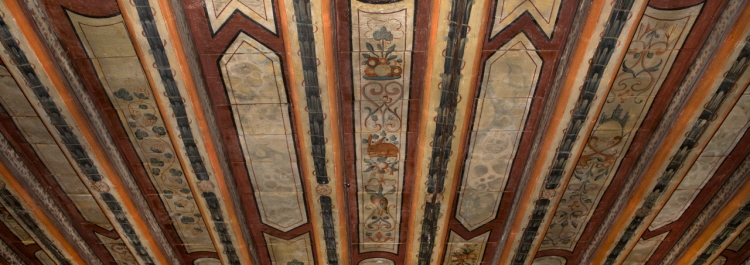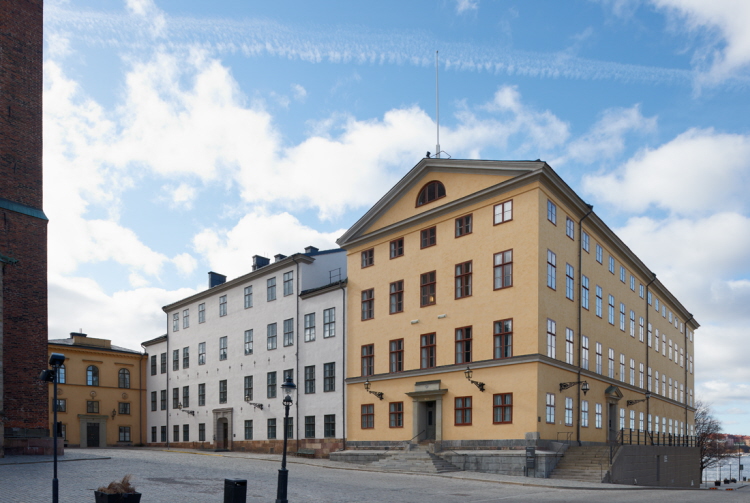
Although the Supreme Administrative Court - initially established as Regeringsrätten or "the Royal Supreme Administrative Court" - has only existed as a separate court since 1909, the court has roots in the old Privy Council which, together with the king exercises judicial power prior to 1789.
Here are some of the milestones in the history of the Court.
1909
The former Supreme Administrative Court
1958
Leave to appeal limits the number of cases
1972
The Court becomes administratively independent
1975
The Court ceases adjudication in the name of the King
1988
Judicial review
1992
Change in requirements regarding the composition of the Court
1995
The abolition of the Social Insurance Court of Appeal
2011
Regeringsrätten becomes the Supreme Admnistrative Court
2012
The court moves to new premises on Riddarholmen islet
